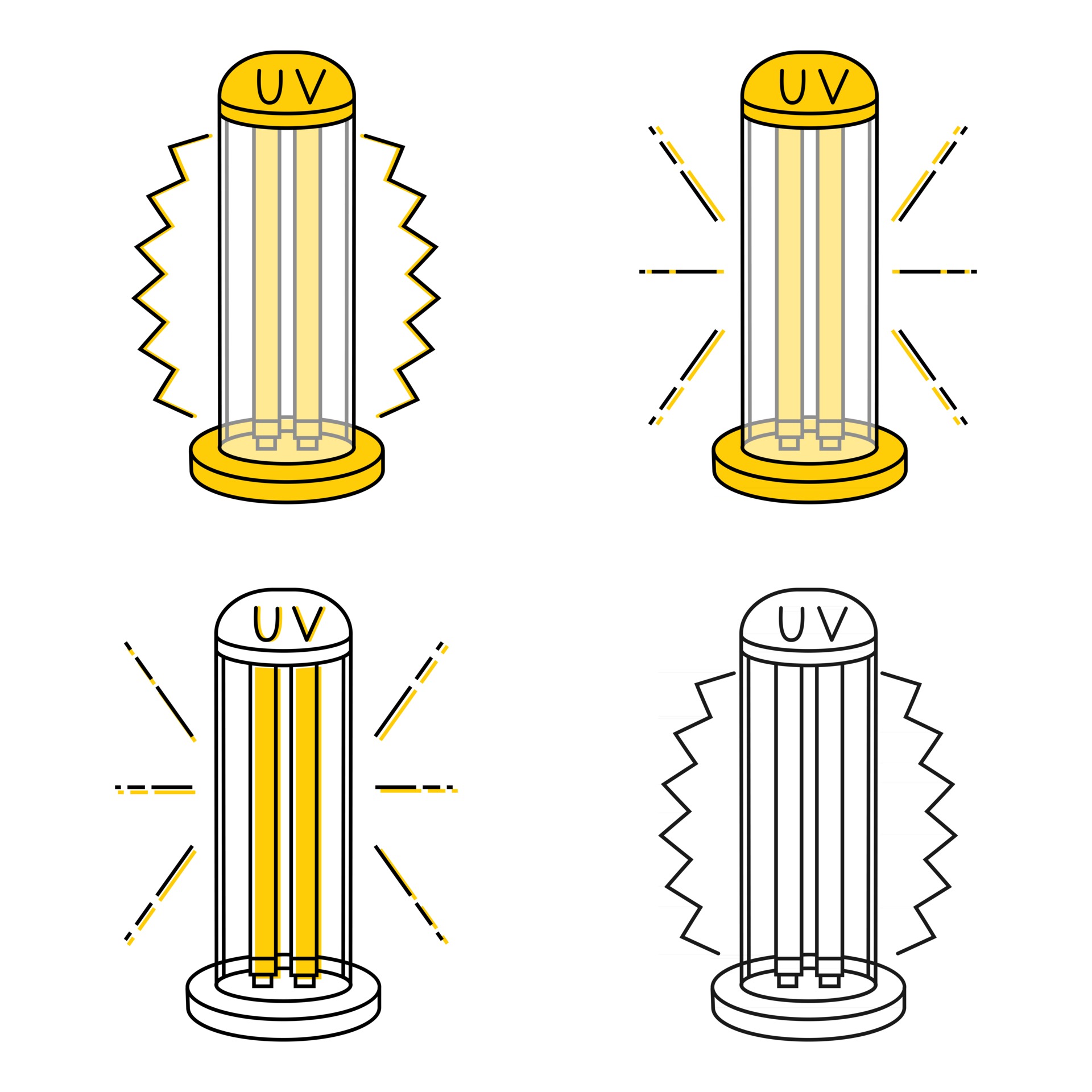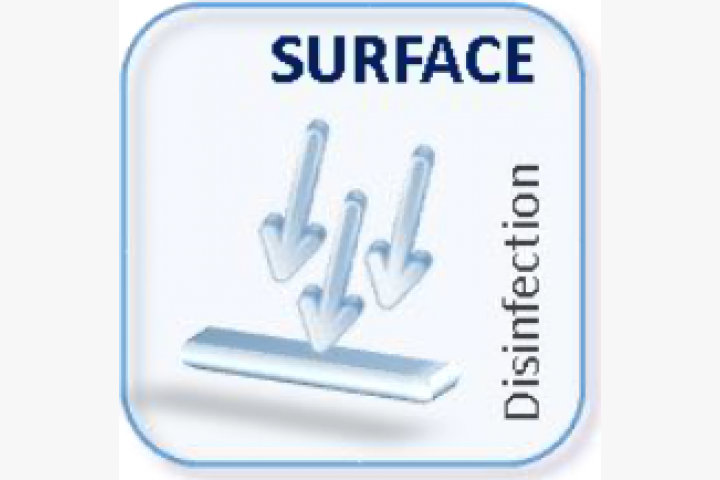UV Surface Disinfection Techniques: Optimizing Effectiveness for Germ-Free Spaces
UV Surface Disinfection Techniques: Optimizing Effectiveness for Germ-Free Spaces
Blog Article
Exploring UV Disinfection: A Crucial Device in the Battle Versus Dangerous Microorganisms
As the globe deals with an ever-increasing risk from hazardous pathogens, the search for effective approaches of disinfection has actually come to be an urgent top priority. While conventional cleansing approaches have actually shown some success, there is an expanding acknowledgment that we require to explore cutting-edge approaches to fight these unseen opponents. One such method that has gathered significant focus is UV sanitation. Using the power of ultraviolet light, this technology has actually demonstrated appealing cause eliminating a vast array of virus. Just how does it function? What are the benefits? And where can it be applied? In this discussion, we will explore the world of UV sanitation, revealing its prospective as an essential tool in the fight against dangerous pathogens.
Just How Does UV Sanitation Job?
UV disinfection works by utilizing ultraviolet (UV) light to eliminate unsafe pathogens and prevent their spread. This highly reliable approach includes using UV radiation to disrupt the DNA and RNA of microorganisms, providing them unable to reproduce and triggering their ultimate damage.
When UV light is made use of for disinfection, it is typically given off from a lamp or bulb that produces a details wavelength of UV-C light. uv surface disinfection. This wavelength, ranging from 200 to 280 nanometers, is specifically effective at penetrating the external cell wall of microorganisms, infections, and other bacteria. When inside the cell, the UV radiation targets and damages the hereditary material, preventing the bacterium from reproducing and triggering infection
UV disinfection systems are made to produce the proper intensity and duration of UV light to guarantee efficient pathogen removal. The dosage of UV light needed for sanitation relies on elements such as the kind of microbe, its resistance to UV radiation, and the certain application. Furthermore, the system needs to be meticulously crafted to guarantee proper exposure of the target pathogens and to prevent any type of possible damage to human beings or the setting.
The Benefits of UV Sanitation
UV sanitation provides a multitude of benefits in properly removing unsafe pathogens and minimizing the danger of infection. One of the primary advantages of UV sanitation is its ability to supply a ecologically pleasant and chemical-free remedy. Unlike conventional sanitation methods that count on chemicals, UV sanitation utilizes ultraviolet light to ruin the DNA and RNA of microbes, providing them incapable to replicate and trigger infections. This chemical-free technique makes sure that no dangerous residues are left, getting rid of any prospective wellness threats connected with chemical anti-bacterials.
An additional considerable advantage of UV sanitation is its effectiveness in killing a large array of microorganisms. UV light has been verified to properly get rid of germs, infections, fungi, and protozoa, including those that are resistant to traditional anti-bacterials. This broad-spectrum performance makes UV sanitation a flexible tool in different settings, such as healthcare centers, water treatment plants, and food processing markets.
Along with its efficacy, UV disinfection likewise uses rapid disinfection cycles. Unlike various other techniques that require prolonged get in touch with times or repeated applications, UV disinfection can accomplish substantial virus reduction immediately. This efficient and quick process enables boosted performance, decreased downtime, and raised overall operational effectiveness.
In addition, UV disinfection is a non-contact approach, which indicates that it does not call for direct physical contact with the surface areas or objects being sanitized. This feature makes it ideal for usage on fragile devices and delicate materials that may be damaged or impacted by various other disinfection approaches.
Applications of UV Disinfection in Healthcare

UV disinfection is additionally used in the sterilization of clinical equipment and instruments (uv surface disinfection). The high strength of UV light can properly kill germs, infections, and other microorganisms, ensuring that medical devices are additional resources secure and complimentary from impurities. Additionally, UV sanitation is made use of in water treatment systems within health care centers. UV light can inactivating hazardous germs, infections, and parasites, making the water secure for intake and decreasing the danger of waterborne infections.
In addition, look at more info UV disinfection modern technology is utilized in the disinfection of health care attires and individual protective tools (PPE) By utilizing UV light, health care experts can ensure that their uniforms and PPE are devoid of virus, stopping the transmission of infections between patients and health care employees.
UV Sanitation in Public Spaces
Public areas are increasingly implementing UV disinfection innovation as a crucial procedure to fight the spread of damaging virus. With the recurring international pandemic and the continuous risk of transmittable diseases, the requirement for efficient disinfection techniques in public locations has ended up being paramount. UV disinfection uses a reliable and reputable remedy in this respect.

UV sanitation systems make use of ultraviolet light to shut down the DNA and RNA of bacteria, infections, and other pathogens. The use of UV disinfection modern technology in public areas not just helps in minimizing the threat of infection but likewise infuses confidence among the public concerning their safety and security.
As public areas remain to adapt to the obstacles positioned by transmittable conditions, UV sanitation technology plays an important function in making sure a risk-free and clean setting. By executing such steps, public spaces can properly minimize the spread of dangerous microorganisms and add to the total wellness of the neighborhood.
The Future of UV Sanitation Modern Technology
As the demand for enhanced disinfection techniques proceeds to grow in reaction to the ongoing global pandemic and the consistent risk of infectious illness, the future of UV disinfection innovation holds encouraging advancements in guaranteeing a lot more reliable and reliable microorganism elimination in numerous setups.

One location of development is the advancement of even more portable and portable UV sanitation devices. These gadgets would certainly permit simpler and more flexible implementation in a range of setups, such as workplaces, index institutions, and transport systems. Additionally, advancements in automation and robotics are being discovered to boost the performance and performance of UV disinfection processes. This consists of using autonomous robotics geared up with UV-C lights to navigate and decontaminate huge areas swiftly and precisely.
Another location of expedition is the use of UV disinfection in air purification systems. By integrating UV-C lights right into HVAC systems, air-borne virus can be successfully counteracted, decreasing the risk of transmission in interior environments.
Additionally, researchers are checking out the usage of UV disinfection in food handling facilities to guarantee the safety and security and quality of food. UV-C light has been located to be efficient in eliminating foodborne microorganisms, providing a chemical-free option to conventional disinfection methods.
Conclusion
In verdict, UV disinfection is an essential device in the fight against damaging pathogens. Its effectiveness in eliminating germs, infections, and other microbes makes it a valuable innovation in healthcare settings and public rooms. With its capability to supply a ecologically friendly and chemical-free approach of sanitation, UV innovation holds excellent possible for the future. Its prevalent application can add to the prevention of infections and the renovation of public health.
UV sanitation systems are made to emit the appropriate intensity and duration of UV light to guarantee efficient pathogen removal. The dose of UV light required for disinfection depends on aspects such as the type of microbe, its resistance to UV radiation, and the details application. Unlike typical sanitation techniques that depend on chemicals, UV disinfection makes use of ultraviolet light to destroy the DNA and RNA of bacteria, rendering them not able to reproduce and create infections.In addition to its efficacy, UV sanitation also offers quick disinfection cycles. One of the main applications of UV disinfection in health care is in the sanitation of person areas and operating theaters.
Report this page